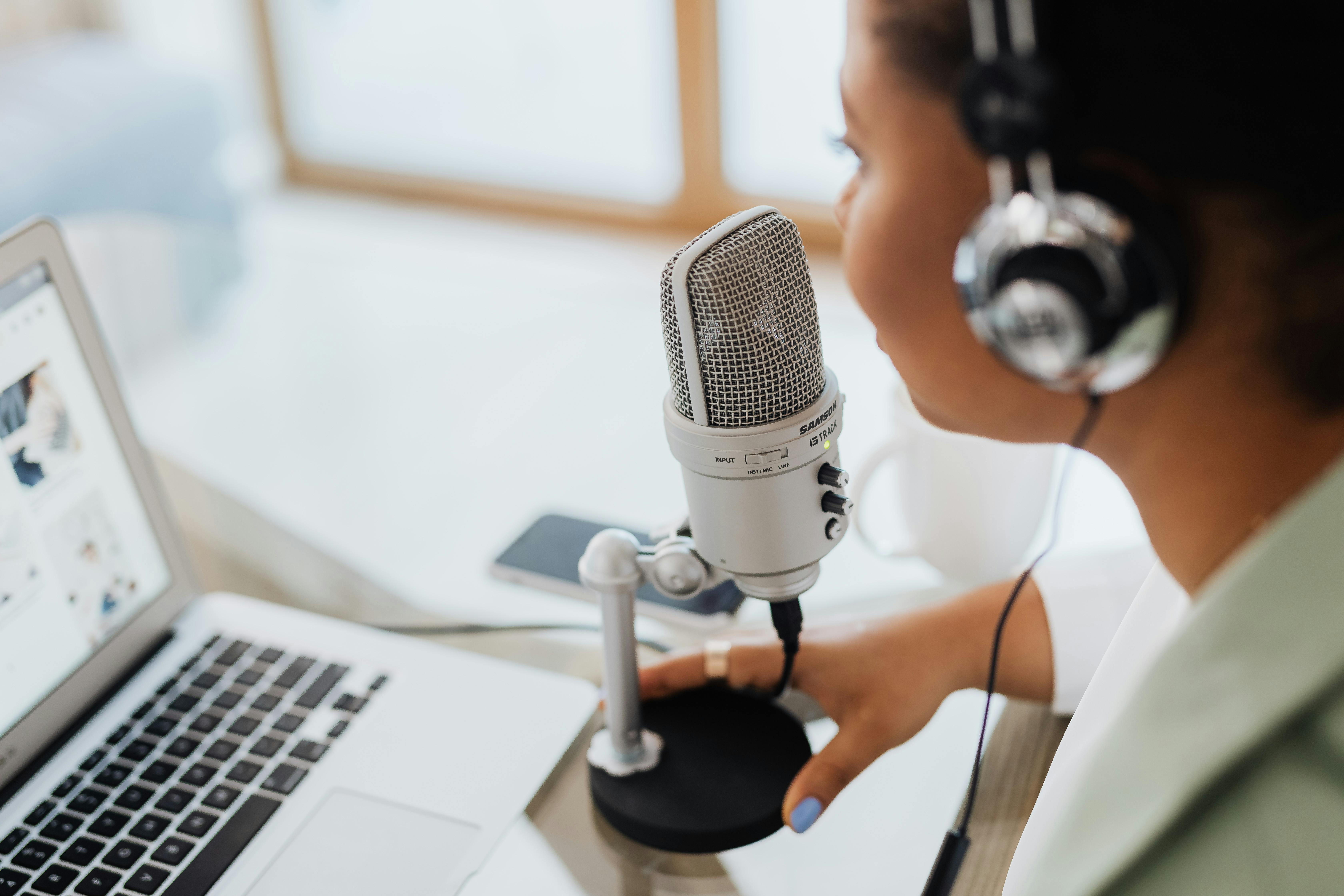Body Language Cues That Signal Danger (and How to Send Your Own Safe Signals)
Sending Safe Signals: Cultivating Trust and Openness

Sending safe signals through body language involves a conscious effort to project openness and trustworthiness. Maintaining an open posture, making appropriate eye contact, and using gentle gestures can all contribute to a sense of safety and approachability. Smiling genuinely and respecting personal space further enhance these signals. By being mindful of your body language, you can foster positive interactions and build trust with others. This awareness not only enhances your personal relationships but also empowers you to navigate social environments with confidence and ease.
Voice and Tone: The Unspoken Melody

While not strictly a visual cue, the voice is a powerful part of body language. A person's tone, pitch, and volume can convey intent more clearly than their words. A high, rapid pitch can signal anxiety, while a low, slow, and measured tone can indicate authority or calm. A sudden increase in volume, particularly without a shift in emotional context, can be a warning sign of escalating anger or a loss of control. Learning to listen beyond the words and tune into the "music" of a conversation—the rhythm and tone—can provide critical information about a person's emotional state and intentions.
